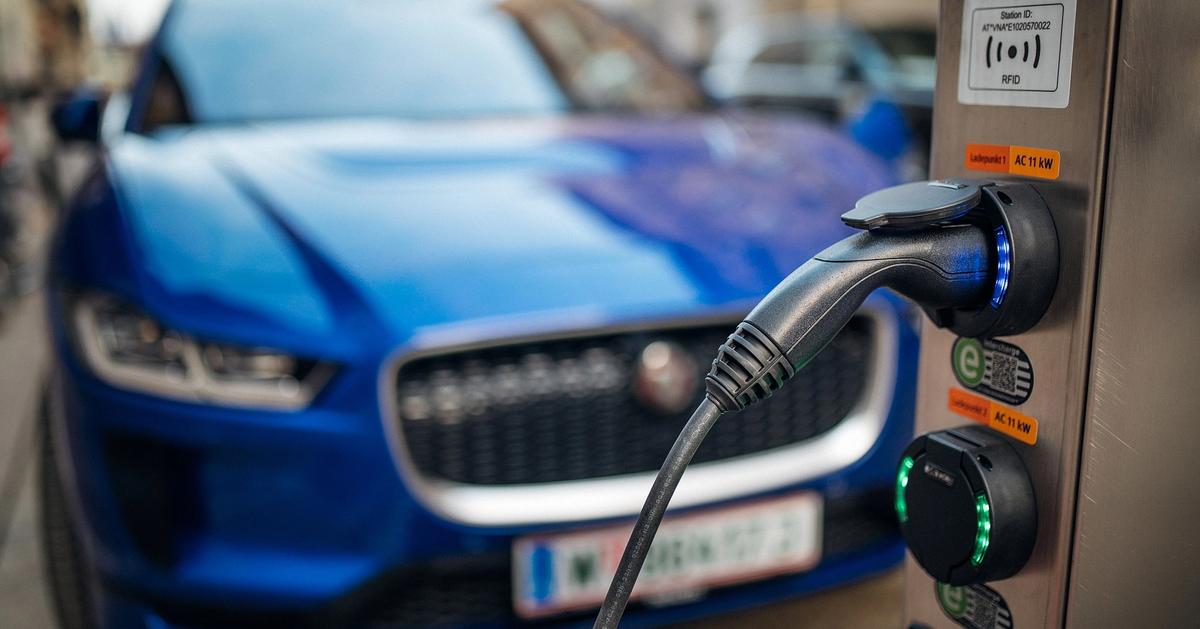
China’s problem is not that its people do not want to buy EVs. Quite the opposite: The real challenge the country faces is to expand its charging network fast enough to match its astonishing EV growth rate.
It is a problem that countries the world over will face, sooner or later: As EV sales gather pace, whether through government incentives, such as the U.S.’ EV tax credit, or through diktats — the U.K. will ban the sale of new petrol and diesel cars in about a decade — the capability to charge them quickly needs to expand. That means huge expansion of electricity grids, transmission infrastructure, and charging points, the last of which can be a particular challenge in urban areas where the vast majority of people do not have driveways and live in tower blocks.
China — thanks to the sheer size of its market, and its huge progress in deploying EVs — offers a case study on all counts.
The country already has the world’s largest EV charging network, having installed more than 8.5 million pillars nationwide. On average, every 2.5 new energy vehicles share one charging pillar in China. In comparison, the ratio in the United States — the world’s third largest EV market — was around 15:1 by the end of 2022.
“China’s speed of building EV charging infrastructure has already been very fast,” Zhang told me. “[It] is installing charging units at a speed that considers its actual EV stock.”
But they are heavily concentrated: More than 70% of China’s public charging posts are in fewer than a third of the country’s provincial-level regions, such as affluent Guangdong, Zhejiang and Jiangsu, according to EVCIPA. Charging also takes too long because only 20% of the charging pillars along motorways are fast-charging units, ultimately resulting in long lines of cars waiting at service stations, according to China Auto News.
Beijing is aware of the problem and has taken action. In June, it instructed all regional governments to improve the distribution of charging facilities, build more pillars in residential compounds, and bring more services to rural areas. It also called for more innovations on fast charging, wireless charging, battery swapping, and other such technologies.
Progress, even if limited, is already evident. EV owners in Jiangsu can now find out where to charge their cars cheaply without queues with an app developed by the local branch of the State Grid. EV makers are improving battery charging speeds, too: The latest addition to the Chinese EV market, Xiaomi’s SU7, can achieve a range of 135 miles (220 kilometers) in just five minutes of charging, and 315 miles (510 kilometers) in 15 minutes, using technology from battery giant CATL. The model starts at RMB 215,900 ($29,870), underpricing its Tesla equivalent, the Model 3. NIO, another EV maker, is betting on battery-swapping, particularly for urban residents without access to driveway charging facilities, building more than 2,300 sites nationwide where drivers of its cars can hand over their vehicle’s battery for a fully-charged one in just a few minutes.
Still, China has a ways to go. It may have 8.5 million charging points now, but Lu Wenliang, an EV researcher, told the China Economic Times the country needs 30 million by the end of next year to meet a government target of having one pillar for every two “new energy vehicles.”

